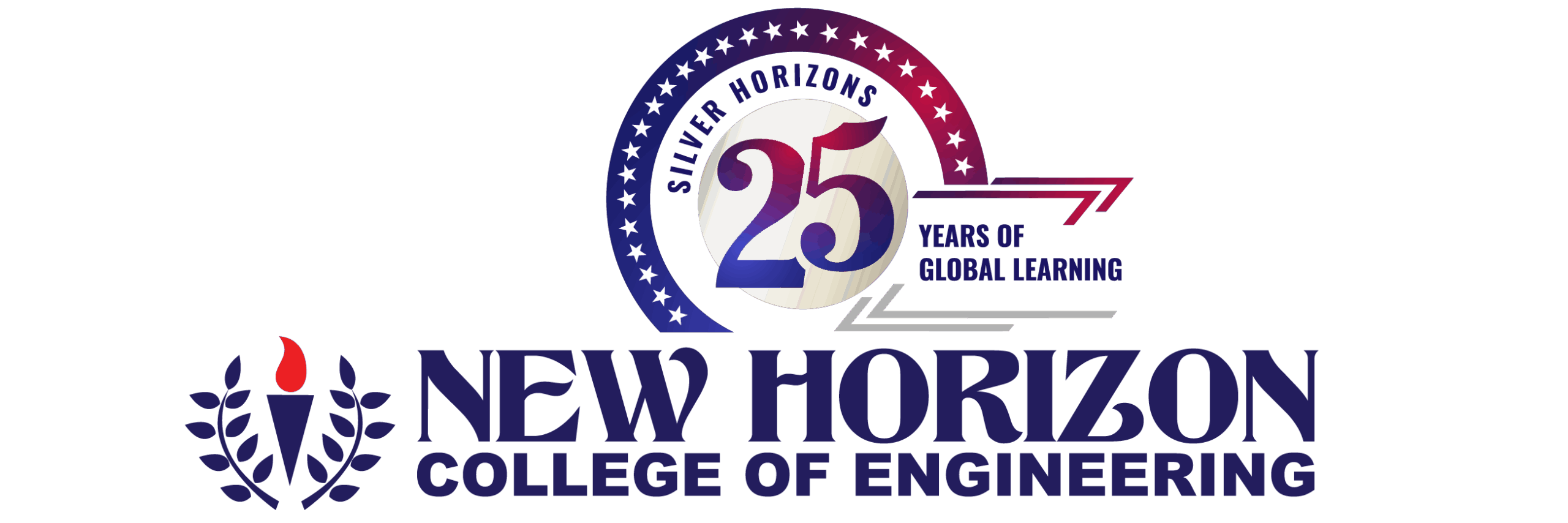Capgemini- Centre of Excellence - Industry 4.0
Capgemini- Centre of Excellence – Industry 4.0










Industry 4.0 – Rail Management System
The Internet of Things (IoT) symbolizes numerous devices connected globally through internet technology and can collect and share relevant data. The IoT has thus achieved a significant advancement in the field of sensors, networks, and communication technologies, such as long-term evolution (LTE) technology, fifth-generation (5G) technology, wireless sensor networks (WSN), and others. Apart from technological advancements, the ability of IoT to run fully embedded (with or without an operating system), gather real-time data, estimate physical parameters, facilitate decision-making based on the data gathered, use various networks (e.g., local area networks (LAN), low-power wide-area network (LPWAN), cellular LPWAN) has provided enormous opportunities for its applications in the railway industry and other domains.
The current study performs a comprehensive holistic survey of various IoT technologies that can be used in railway operations, management, maintenance, video surveillance, and safety at level crossings. The study also discusses current trends in the IoT, emerging IoT technologies, green IoT applications, and various research studies that have been conducted in the areas related to railway applications. Furthermore, various challenges that are associated with IoT applications are discussed along with potential efforts that can be made to overcome these challenges.
The outcomes of this work are expected to offer important insights regarding the applicability of IoT technologies for sustainable railway transportation, their future potential, operational benefits to relevant stakeholders and authorities, as well as critical future research needs that have to be addressed in the following years.
A model of the Rail Management System has been set up to have a real-time understanding of IIOT, IoT applications, and control through a console. The objective of the IIoT Centre of Excellence is to create an ecosystem of resourcing of digital needs in the industrial segment wherein it prepares Ready to Deploy (R2D) Resources enabling the candidates in developing the understanding and expertise of the technology stack of the IIoT platform.
The lab’s focus area would be Software Application Development and Testing, Software tools modernization to adopt Predix or micro and UX/HM, I development. Architect and practical practical-orientation Rail Management Systems and Battery Management Systems have been implemented at New Horizon College of Engineering. COE will serve as a platform to create an ecosystem of resources for the digital needs in the industrial segment and provide certification in IIOT platform, To interact with subject matter experts in the digital solutions from the engineering service industry and enhance their knowledge, The students will be mentored by industry veterans which will include classroom and online trainings, and live ,projects.
HARDWARE SETUP
- Broadcom BCM2711, Quad core Quad-core2 (ARM v8) 64-bit SoC @ 1.5GHz
- 1GB, 2GB or 4GB LPDDR4-3200 SDRAM (depending on model)
- 2.4 GHz and 5.0 GHz IEEE 802.11ac wireless, Bluetooth 5.0, BLE
- 2 USB 3.0 ports; & 2 USB 2.0 ports.
- Raspberry Pi standard 40-pin GPIO header (fully backward compatible with previous boards)
- 2 × micro-HDMI ports (up to 4kp60 supported)
- 2-lane MIPI DSI display port &2-lane MIPI CSI camera port
- 4-pole stereo audio and composite video port
- H.265 (4kp60 decode), H264 (1080p60 decode, 1080p30 encode)
- OpenGL ES 3.0 graphics
- Micro-SD card slot for loading operating system and data storage
- 5V DC via USB-C and GPIO connector (minimum 3A*) Power over Ethernet (PoE) enabled (requires separate PoE HAT) & Gigabit Ethernet.
Training Secession held in Industry 4.0 Lab
A training secession was held on Simulation lab by Dr. Shridhar Kurse, Prof., and Head- Mechanical Engineering department, New Horizon College of Engineering. The following topics were covered during the training secession held for Mr. Shashidhar and Mrs Chetana. T. V.
Part A: Plot Functions, Matrices, Solving Equations
Part B: Engineering Problems : i) MOM problems
- ii) Heat Transfer Problems
iii) Control Engineering problems
Part C: Simulink

